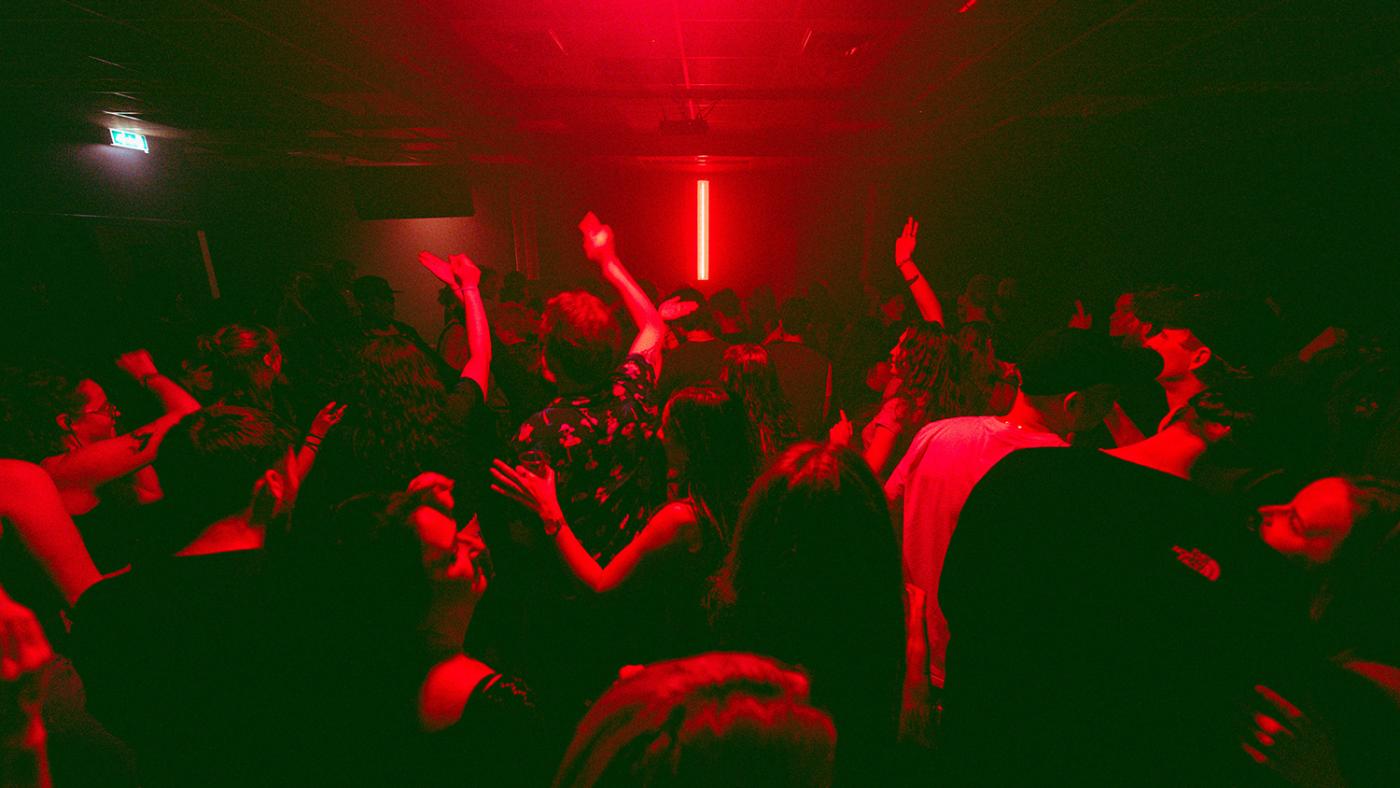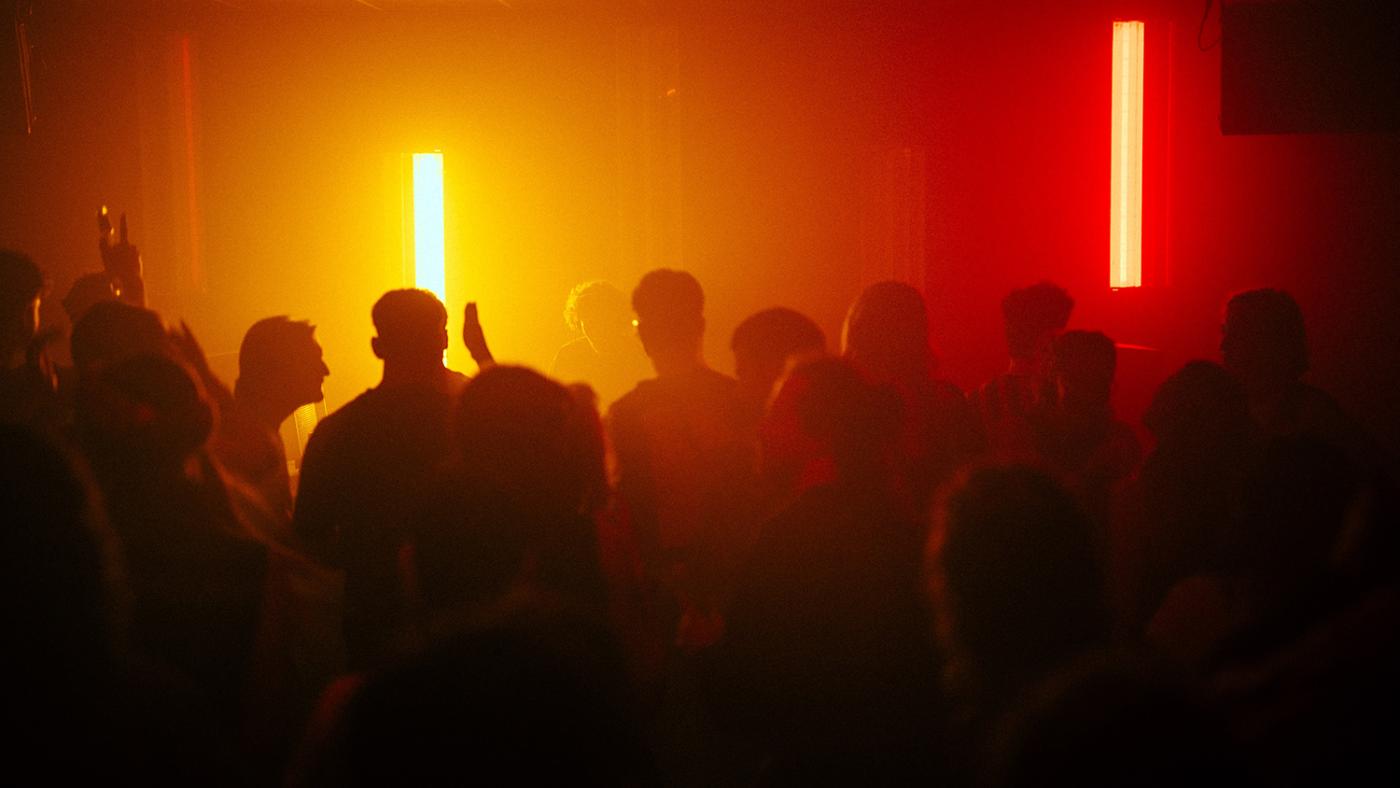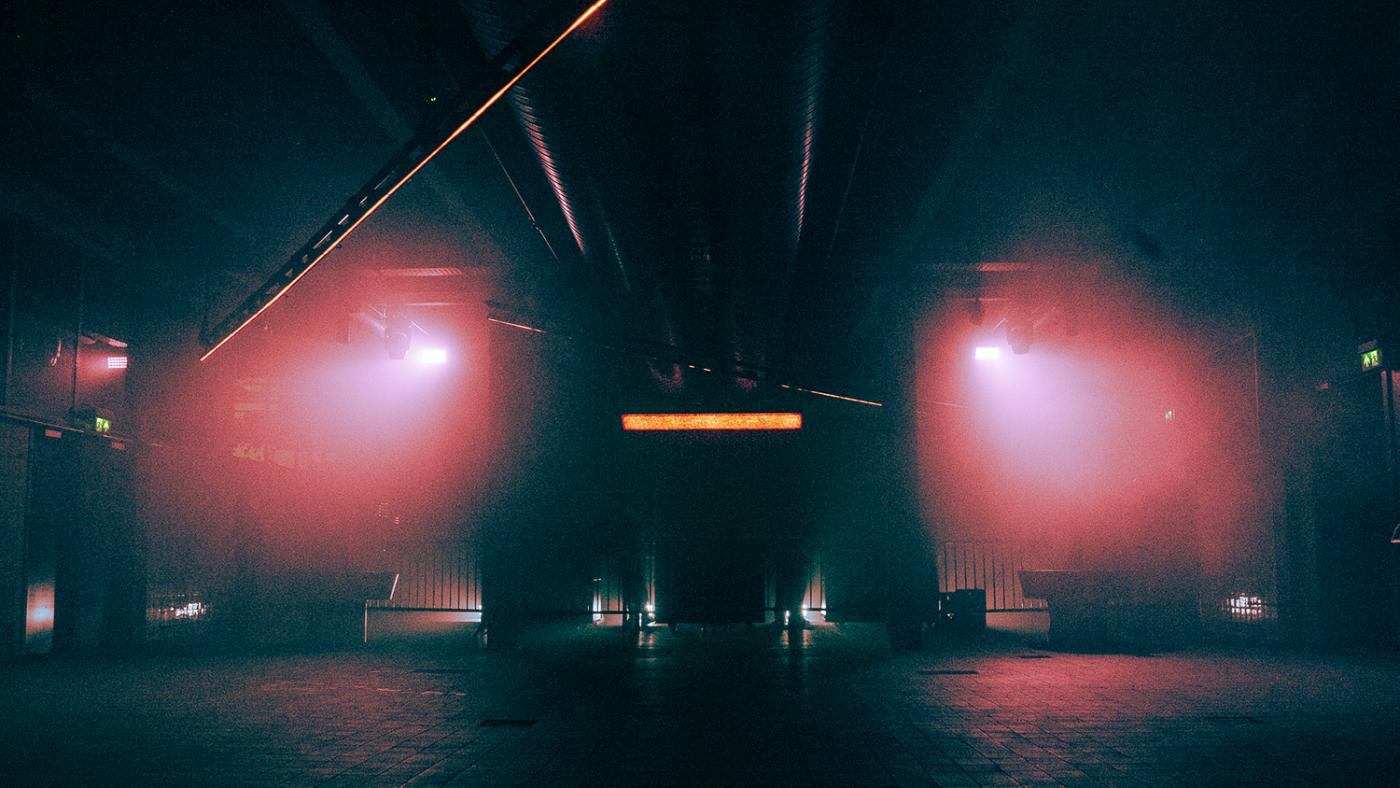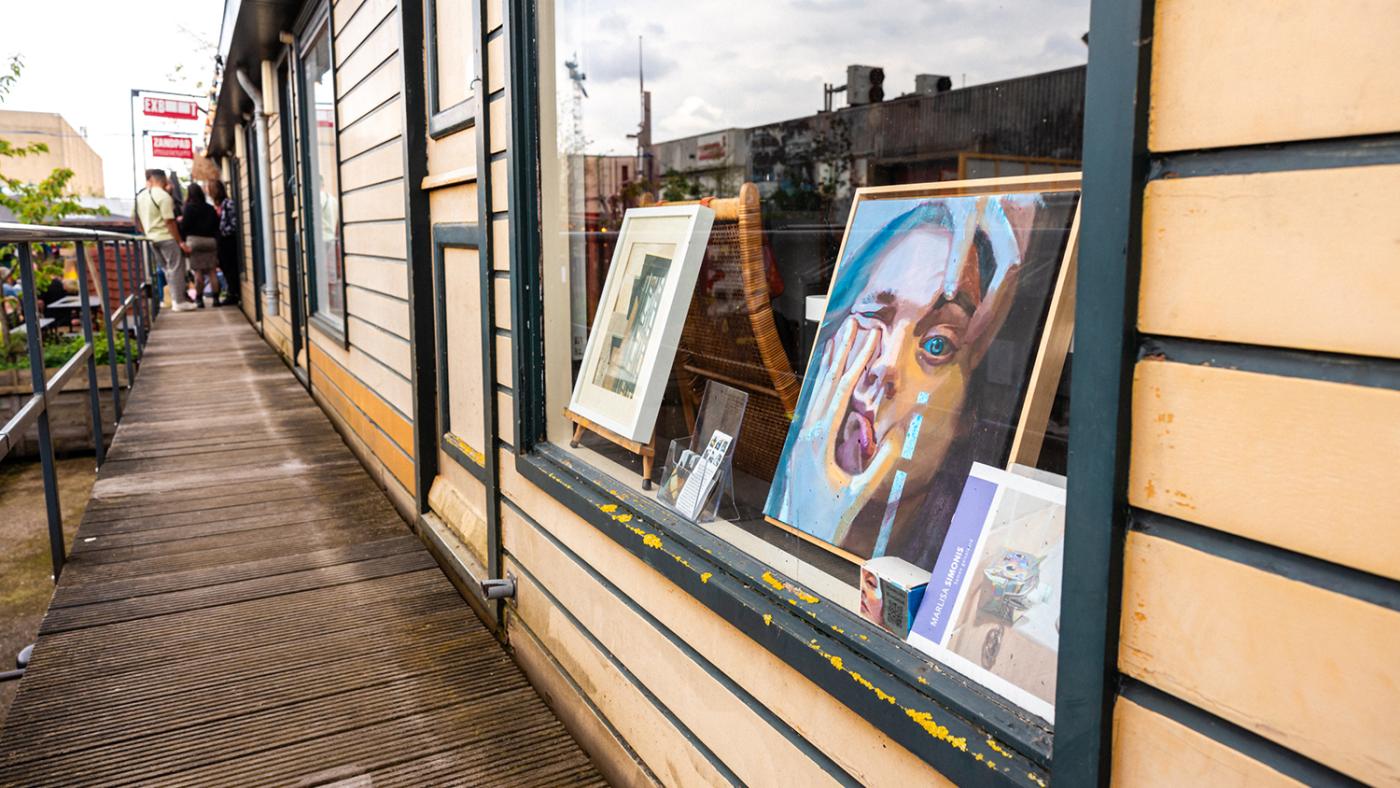Going out in the Werkspoor area
'It feels like a festival here'

Although the city centre is filled with pubs, there aren’t many nightclubs in Utrecht. A survey revealed that many residents consider that a shortcoming (see inset below, Ed.). They would like the city to have fresh and more diverse nightlife options in areas other than the city centre. Luckily, the area around Nijverheidsweg, to the West of Juliana Park and behind the Zuilen train station, is starting to fill this gap.
Several entrepreneurs have opened nightlife venues in the area, also known as Werkspoorkwartier, after a train equipment factory that used to be there back in the day. Many of the new venues are less mainstream than the clubs in the city centre, making room for subcultures, alternative music, live acts and performances. Experimental events have also been taking place there.
The entrepreneurs took advantage of the industrial vibe of the buildings. For example, Club WAS allows you to dance the night away in the former washing rooms of the Werkspoor cathedral. You can still see the old bathroom tiles and faucets. Creative hub De Nijverheid has more of a festival feel with an art studio, creative spaces, a café, and a mini museum, so there’s always something new to explore and admire. The brand new nightclub Kabul à GoGo also knows how to use the character of a raw, former warehouse to its advantage: the space is huge, with incredibly high ceilings and oriental rugs on the walls.

Kabul à GoGo. Photo: Tanno Witkamp
A special night out
Liberal Arts & Sciences student Lennart (22) goes to this area when he wants to have a “special" night out. “When I feel like a spontaneous night out or singing along to some music, the city centre is more accessible, it’s close by. You just show your ID and you’re in. But the Werspoor area is much more fun than the pubs in the centre. It feels like going to a festival.”
Annika (21) studies at the University of Applied Sciences. Her visits to the Werkspoor area are always planned. Spontaneous outings are usually to the city centre. “I enjoy going from place to place on foot. You never know beforehand how fun it will be at Jansbar or Club Poema, it varies from night to night. If it isn’t fun, you can just go somewhere else. But, if you decide to go to WAS, that means you’ve bought a ticket and you have different expectations. It’s less spontaneous and more target-oriented.”

Club WAS. Photo: courtesy of WAS
Planning ahead is exactly what Wolfer, a 19-year-old Psychology student, misses when he goes out in the city centre. He used to party in Amsterdam most of the time, but when he moved to Utrecht, going out felt like an anticlimax. “People would be hammered wherever I went. They didn’t come for the music, they were just there to get sloshed or make out. Since Nijverheidsweg and Cartesiusweg aren’t central, you go there with a purpose. People go there for the music, for a certain DJ. You feel like you're part of a community. Everyone goes to the city centre. Take Basis, the techno club, for example. Although music is more important there compared to other pubs, a lot of people there are smashed and you can tell that on the dancefloor.” Wolfer doesn’t see Werkspoorkwartier as an alternative to the city centre, but rather as an addition as they attract different crowds.
Early stages
Levi is attracted to the former industrial area too. During the day, he amuses himself just fine in the city centre, but he isn't into its nightlife. Levi is 21 years old and just graduated from dance school. Although he doesn't live in Utrecht anymore, he enjoys coming back here from time to time. To me, going out is about having new experiences, dancing, and meeting new people. To me, the city centre doesn’t offer any of that. Maybe it's because we don’t have a party district, like Amsterdam and Eindhoven. The new area around Zuilen is nowhere near finished, which makes it very malleable. Perhaps that doesn’tt ensure a spectacular night, but it is surprising and I like that.”
He observes that the open and accessible ambience is a breeding ground for creative ideas. He is a regular at De Nijverheid, where he often takes to the stage. “Small organisations offer a platform to niche artists. Podium Luid, for instance, organises such nights and their programme is very diverse as a result. You can expect singer-songwriters, dance, poetry, or even fashion shows. It’s a great thing for Utrecht's creative scene. When you’re given this platform, it’s easy to connect with other artistic people.”

Vrijhaven De Nijverheid. Photo: Lisanne Lentink
New entrepreneurs
Omar Waseq was one of the first entrepreneurs who invested in a nightlife venue outside the city centre. Around seven years ago, he opened Film Café at Cartesiusweg. It's a unique place, in a former bus hangar (the CAB building) at an industrial area. The municipality had never allowed anything like that before. His venue stretched the norms of the city, which, according to him, was sorely needed. “Restaurants and cafés weren’t allowed to be housed in hangars before. This way, Utrecht gave alternative places a chance and, suddenly, had potential,” he says. “Film Café and De Nijverheid, which followed afterwards, quickly became very popular. Most people didn’t seem to mind cycling a bit further to have a nice night out.”
He says he wouldn’t have been able to do this in the city centre. “Nightlife is disappearing from the city centre more and more because it often disturbs the people living there. Complaints are being taken more and more seriously, which is justified. But no one’s living in this industrial area. Therefore, Werkspoor is a great alternative for stage performances, art, and nightlife, which is why more and more entrepreneurs are coming to this area.” Film Café no longer exists as the CAB building was destroyed in a fire in 2021. Now, Waseq has a new club called Kabul à GoGo, which opened its doors this spring. The same building houses Teatro, which had to leave the city centre.

A balance between liveability and liveliness
After a 2022 survey showed that Utrecht's nightlife needed a boost, the municipality wrote a document called Utrecht Night Vision 2030 (in Dutch only, Ed.). This document expresses the municipality's ambition to turn Utrecht into a city where everyone feels welcome when going out at night.
The municipality has an active role in this regard, says spokesperson Eleanor Crick. “We have a nightlife coordinator and nightlife deliberation, which means we’re aware of what’s happening and what’s needed. We are also tasked with finding three new areas for nightlife before 2027, in order to diversify the offer.” Berlijnplein in Leidsche Rijn is one of the options on the table. “We help beginning entrepreneurs with needs such as permits and we guide them through the municipal processes. Numerous subsidies available for cultural hubs.”
However, it’s important not to lose sight of the balance between liveability and liveliness, she says. And that goes for "outer areas", too. The municipality aims to achieve such balance through its communication with entrepreneurs, permit policies, and enforcement.